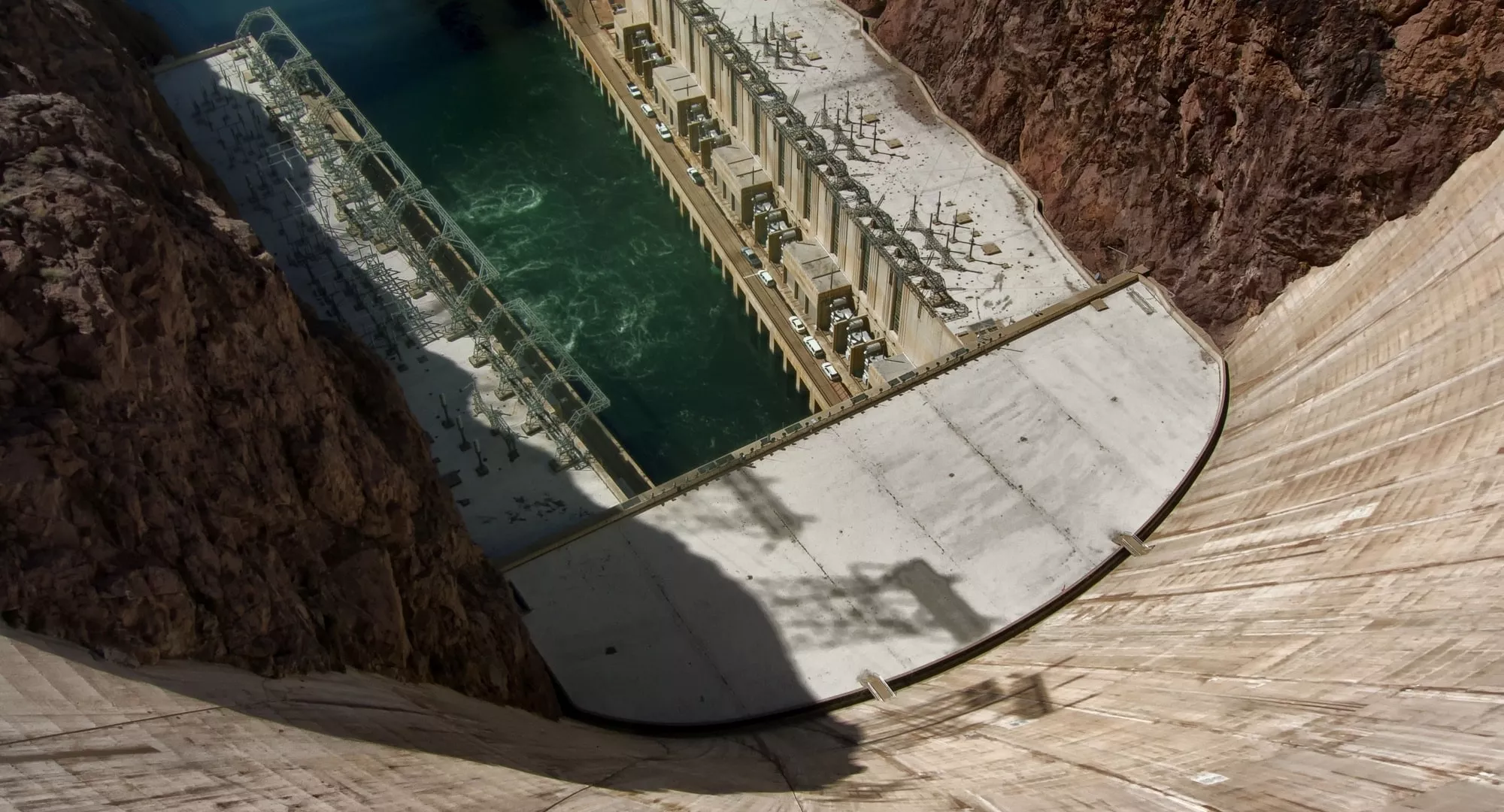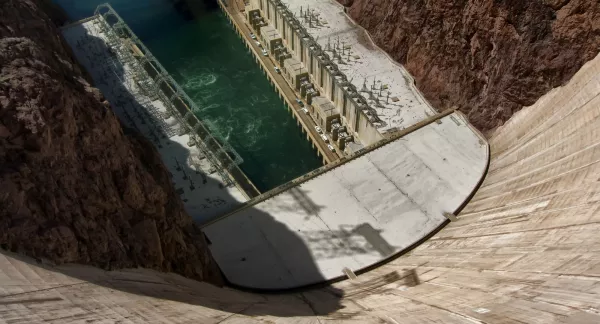
Consideration for the Co-Siting of Desalination Facilities with Municipal and Industrial Facilities
Abstract
Co-siting of desalination facilities with municipal and industrial facilities has been employed in different parts of the world, initially starting with thermal desalination processes and then progressing to seawater reverse osmosis (SWRO) facilities as the commercialized SWRO systems became economical compared to the other desalination processes. Similarly to thermal desalination, SWRO facilities have been most widely co-sited with coastal power plants, taking advantage of the excessive heat (power) from the power plants; the elevated temperature of the cooling waters; and existing cooling water intake and outfall structures. Other lesser-known co-siting scenarios include a shared outfall with a wastewater treatment plant (WWTP) or other industrial facility. The project documents the economic, environmental, water supply, water quality, public relation issues, and other advantages/disadvantages in co-siting new desalination facilities with municipal or industrial operations. It also compares co-siting with standalone facilities and introduces a decision-making tool that can be used to evaluate desalination co-siting. The Co-siting Decision Tool is available below, under Resources.
Originally funded as WERF project Desal-06-10d.
